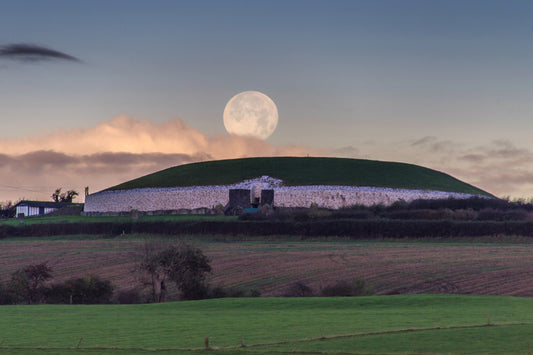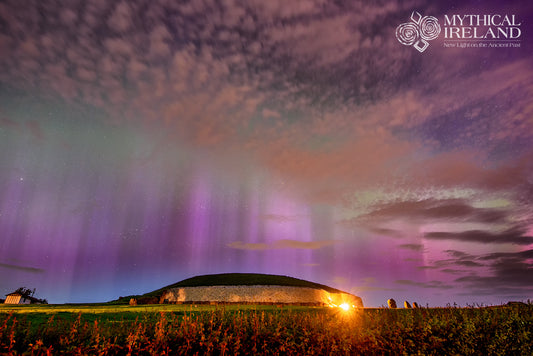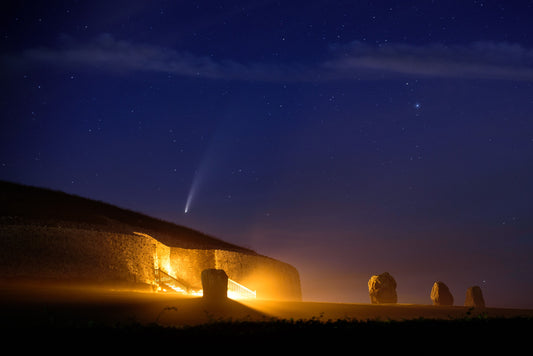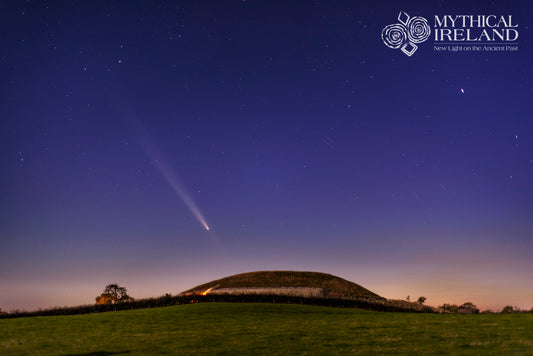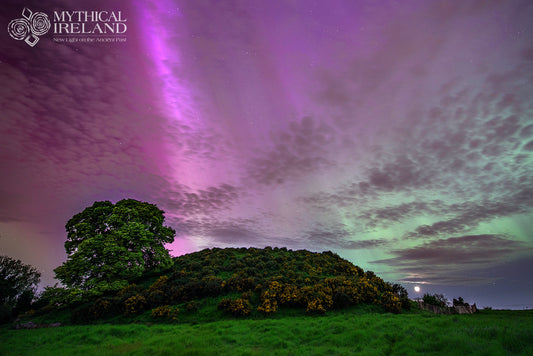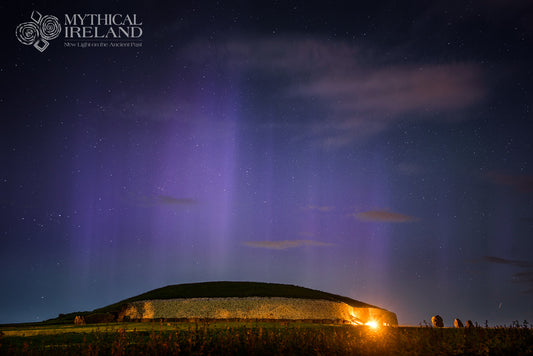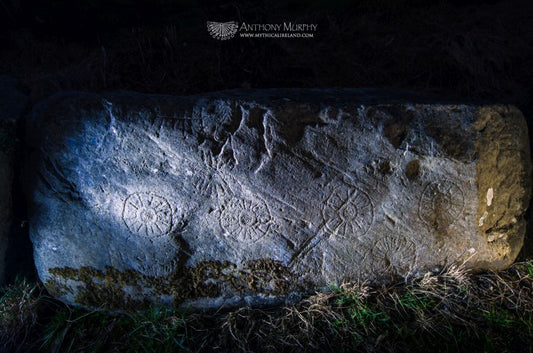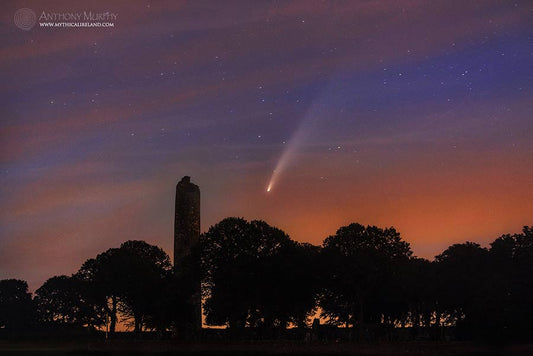
Newgrange satellite cairn may have had its own roofbox
A destroyed passage-tomb close to the famous Newgrange monument may once have had a roofbox, just like its more famous and larger neighbour, an Irish archaeological research has suggested.
Matthew Kelly, a photographer who discovered a complex of Bronze Age monuments outside Dundalk in 2018 and a cliff fort in Clare in 2020, has recreated the mostly-destroyed cairn, the remains of which are just over 20 metres from Newgrange, using modern photogrammetry and 3D computer software.
Site Z is the closest of all the so-called 'satellite' mounds to Newgrange. It was unearthed during excavations at Newgrange led by Professor Michael J. O'Kelly in the 1960s and 1970s.
Professor O'Kelly said that Site Z "... was smashed up with the utmost ferocity. Every orthostat of the kerb and passage and chamber of the enclosed tomb that could be broken was smashed into small fragments, each a few centimetres across, and these were then thrown back into the sockets from which the orthostats had been pulled. Those which could not easily be broken were overthrown and buried adjacent to their original positions. All the damage was done to facilitate cultivation of the area." (Source)
All that remains of Site Z are the concrete plinths which mark the positions of its kerb stones and passage/chamber stones. Matthew, who is from Co. Clare, created a 3D model of the largely-destroyed monument using photogrammetry software on his smartphone, and the program Blender on his computer.

He began by adding a kerb of stones around the perimeter of the 3D model of Site Z. He then added passage orthostats, roofing stones, and he added a roofbox (the reasons for which are explained in the above video), before adding a cairn of loose stones, showing what the monument probably looked like at the time it was built in the Neolithic, around 5,000 years ago or so.

"By simulating the location of the sun, I was able to calculate that the sun would have shone into Site Z around an hour and a half after sunrise on December 21st - the winter solstice," Matthew explained.
His conceptual 3D reconstruction shows that the sunlight entering through the doorway of Site Z only reached so far into the chamber, but that light from a proposed roofbox would have illuminated the orthostat at the end of the chamber.

Site Z is interesting because it points beyond the range of azimuths where the sun at the moment of sunrise would be able to shine into it. Using his calculations based on the computer reconstruction, Matthew found that the sun would shine into Site Z an hour and a half after it had risen and shone into the much larger neighbouring passage-tomb of Newgrange.
However, it may not have been exclusively aimed at the sun, if at all. Matthew also found an interesting alignment with a conspicious object of the night sky which would have been observable from the interior of the monument back in the Neolithic. He used astronomy software called Stellarium to calculate the positions of the stars back in the Neolithic, as viewed from Newgrange.

"If you were to sit inside Site Z, its passage would line up directly with the Orion Nebula around 5,000 years ago," he told Mythical Ireland.

Site Z could have possessed a dual astronomical purpose – one to help track the movement of the sun across the sky on the shortest days of the year (were the other satellite mounds, Z1, K & L also involved in this?) and another to observe the transit of the Orion Nebula through the roofbox.
Curiously, the main monument of Newgrange may also have been aligned on the Orion Nebula, because when it was built the Orion Nebula was rising in the same place as winter solstice sun.

Unfortunately, the work will remain theoretical, because so successful was the demolition of Site Z (probably in recent centuries) that we will probably never be able to calculate what height the orthostats might have been, and whether the outer orthostats might have supported an aperture like the Newgrange roofbox.

However, Matthew's work shows what can be done in terms of bringing former monuments back to life virtually, and the power of technology to give us rare glimpses into a lost past.
See Matthew's photographic work online at his website here.

